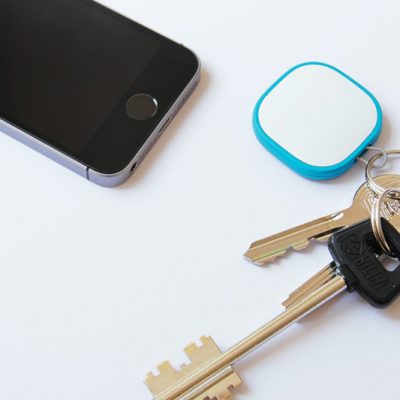Private Label eCommerce and the demand for CGI Packaging
As many health and nutrition brand managers will know; the workflow for generating product imagery has changed immensely in recent years.
One good example is the private label nutrition industry, where a constantly evolving market now demands rapid access to consumer ready product imagery at a scale previously difficult for all but the largest suppliers.
Historically, companies would require a physical studio space to photograph their products, which often came with drawbacks. Consistency is important for brands, and the physical photography process would require manually recreating exact studio conditions for each product in a range. As you can imagine, this proved to be a fairly difficult and time consuming task. One solution was to set up multiple photography studios for each product range, however the equipment costs and space limitations are a significant barrier to entry.
These days, most companies prefer to use a less physical approach. Advancements in 3D modelling and rendering software means it’s now possible to generate product imagery without the restraints of a physical studio. Unlike studio photography, whose limitations have become more costly over time, CGI prices have been dropping thanks to competition within the global freelance market. This, combined with the improved visual benefits of CGI, makes it no surprise that most brand managers now find themselves dealing with digital product artists on a regular basis.
It’s important to understand the difference here between true CGI 3D rendering and 2D Photoshop Mockups. 3D rendering involves running a computer simulation to realistically show a product within its virtual environment, which includes physically accurate lighting, reflections, shadows and colours. A Photoshop Mockup on the other hand, involves superimposing packaging labels onto a preexisting image, which often has limitations surrounding customisation options and visual realism.
The second option is still good for quick internal mockups, and they are often used by label designers to test designs, however the unrealistic lack of reflections, colour bleed, and camera customisation, renders them unsuitable for use as consumer ready visuals, especially for brands looking to maximise conversions with appealing or unique brand imagery.
The growing market for 3D rendering in the packaging industry has lead to the creation of interesting new workflows within the design world. Most 3D studios are geared towards ‘one of a kind’ projects in the lucrative worlds of architecture, gaming, or hollywood special effects, and this unfortunately means that the requirements of brand managers can sometimes go unmet.
In order to meet this need, an alternative studio arrangement is often required. One good example is Bottle Mockup, a remote rendering team that specialises in providing high end packaging visuals. Their team is comprised of networked freelancers, who operate together on a ‘virtual production line’ to quickly and efficiently produce product images for well known brands.
As of 2018, this trend look set to continue, with more and more brands switching over to a digital pipeline for their visual content.




